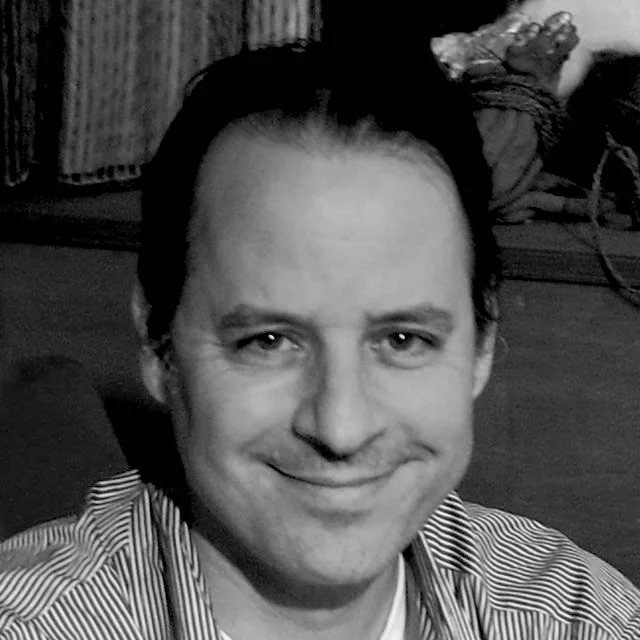Daniel Sherrell · Author of "Warmth: Coming of Age at the End of Our World”
/Author of Warmth: Coming of Age at the End of Our World
Organizer · Campaign Director Climate Jobs National Resource Center
It felt to me that if I wasn't able to figure out a way to orchestrate a genuine emotional encounter for myself with the enormity of this thing I was meant to be taking action on, then something in me was going to break, and I just wouldn't be able to keep doing the work. So, there was never a point where it's like, I'm going to write a book, but I did turn to the written word, almost little diary entries, to make psychological and spiritual sense of the crisis that I was dealing with in a thin way every day.





















